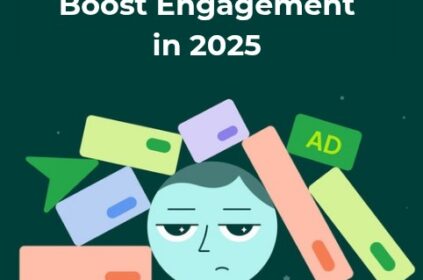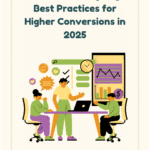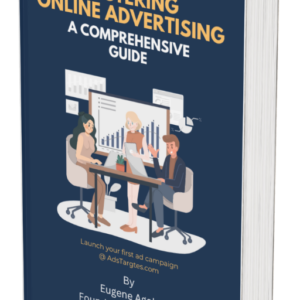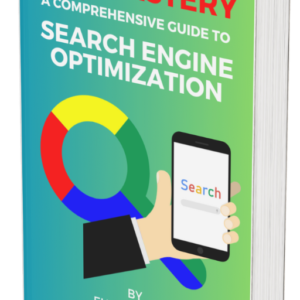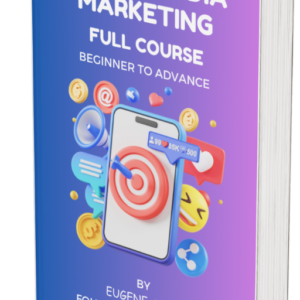Influencer marketing in 2025 is bigger, faster, and more scrutinized than ever.
Budgets are climbing, but so is pressure from finance leaders to prove every naira, dollar, or euro spent brings measurable returns.
That reality has shifted the way brands approach creators: it’s no longer enough to secure a few posts and hope for reach.
Success now hinges on disciplined planning, airtight measurement, and the right influencer deal tactics that balance cost with performance.
Whether you’re negotiating with a nano-creator or structuring a multi-platform campaign with mid-tier partners, the playbook must protect ROI while leaving room for scale.
This guide unpacks the strategies top marketers use to negotiate smarter in 2025, from setting ROI guardrails to securing content rights and building attribution models finance teams can trust.
#1. Set ROI Targets Before Outreach

Before you message a single creator, define success and the ceiling you can afford.
Start with contribution margin per order, expected conversion rate from creator traffic, and a realistic view-through share for assisted conversions.
From there, build a payback window (e.g., 30 days for low-ticket DTC, 60–90 days for mid-ticket), then backsolve a maximum cost per acquisition (CPA) and the media/creator mix that can hit it.
This framing matters because 2025 budgets are rising but under pressure to prove returns: industry surveys place global influencers spend around the $32–33B mark, with brands prioritizing performance over vanity metrics.
That means your influencer deal tactics must express ROI first—fees, content rights, and amplification should all trace cleanly to profitable revenue.
When stakeholders ask why a particular rate card makes sense, you’ll point to enumerated inputs, not gut feel, and you’ll have room to scale when early tests clear your hurdle.
Translate ROI Math into Simple Guardrails
Turn those targets into three non-negotiables you can share with creators and managers:
#1. the CPA you must not exceed after all costs, #2. the minimum ROAS for any whitelisted ad set using creator content, and
#3. the payback window the finance team signed off on. Explain that every element of your influencer deal tactics—base fees, performance bonuses, usage rights, and paid boosts—rolls up to these guardrails.
Keep the math plain: if your margin is ₦8,000 per order and you need a 45-day payback with a 20% repeat-purchase lift, then your fully loaded CPA cap sits near ₦6,700 to leave profit.
Creators appreciate clear targets because it sets expectations for content direction, offer structure, and media support.
In a market where micro and mid-tier partnerships are prized for cost-efficient engagement, concise guardrails prevent drift and shorten negotiation cycles.
#2. Choose the Right Creator Tiers and Formats
Not all influence is priced or consumed the same way. In beauty and fashion, for example, nano and micro-creators increasingly drive outsized engagement and intent relative to fee—a pattern that generalizes to many considered purchases.
For 2025, align formats to buying contexts you can measure: live shopping for launches, quick UGC demos for retargeting, and mid-form reviews to answer objections.
Prioritize channels with stable commerce rails and robust first-party data so you can attribute sales cleanly even as tracking changes.
With TikTok uncertainty in some markets and the rise of Shorts/Reels, diversify placements while avoiding channel sprawl that dilutes learnings.
Your influencer deal tactics should codify a “format + funnel stage” map so each deliverable has a role, a KPI, and a pay structure that matches its job.
When the team asks where to put the next ₦2M, you’ll steer it to the best-fit tier/format instead of chasing trend cycles.
Vet Quality Beyond Follower Counts
Engagement quality, audience fit, and brand-safety signals matter more than raw reach.
Scrutinize saves, shares, and comment types; scan for inorganic spikes; and insist on audience screenshots that match your geo, language, and age targets.
Many brands confirm they’re keeping or increasing influencer investment in 2025, but the best returns concentrate where audiences actually match buyers.
Include a short discovery brief that asks for recent link-out CTRs, average story swipe-ups, and any prior promo code lift—creators who track these have a performance mindset.
Bake those signals into your influencer deal tactics by creating rate “lanes” tied to verified benchmarks (e.g., a higher base when CTR >1.2%).
The payoff is fewer misses and a cleaner case for scaling winners across paid.
#3. Anchor Fees to Outcomes, Not Just Deliverables
Flat fees for posts alone rarely protect margins.
Use hybrid structures that combine a modest base with earn-outs tied to sales, qualified leads, or agreed-upon proxy KPIs (e.g., add-to-cart rate on a landing page tied to the creator’s link).
Put the economics in writing: base fee covers time and creative labor; bonuses reward performance; usage rights unlock paid distribution.
If you plan to run whitelisted ads, you’ll likely spend 1–3× creator fees on media—budget for it and mention it during the pitch so creators understand amplification will help them hit the bonus.
In 2025, live commerce and multi-platform repurposing reward this approach because you can re-deploy a single winning clip across formats.
The more your influencer deal tactics mirror how paid media is optimized—by measurable business results—the more comfortable finance becomes with bigger bets.
Clarify Bonuses, Clawbacks, and Make-Goods
Reward upside and protect downside.
Define tiered bonuses for revenue thresholds, but also include make-goods (e.g., extra stories or short recuts) if minimum delivery KPIs miss by a clear margin without external causes.
For affiliate components, increase commission rates for limited windows tied to launches to concentrate momentum.
Document clawbacks only for clear compliance breaches (brand-safety violations, undisclosed ads, or missed deliverables), and keep them reasonable.
This balance of carrots and guardrails is central to modern influencer deal tactics because it aligns creator incentives with your ROI window while preserving the relationship when things need a second swing.
It also establishes a template you can reuse across tiers, cutting legal review time with each new partner.
#4. Secure Usage Rights That Actually Drive Revenue
The best margin lift often comes after the organic post, when you license the content, whitelist it, and feed it into your lifecycle channels.
Negotiate six to twelve months of paid and organic digital usage across specific surfaces (paid social, email, PDPs, landing pages, and marketplaces).
Be explicit about editing rights: allow cropping, subtitles, hooks, and CTAs that keep claim language compliant.
This is one of the most leveraged influencer deal tactics because recycled creator content routinely outperforms studio assets in retargeting and email flows.
With budgets shifting to long-term storytelling and multi-platform programs, rights are the gateway to scale—without paying for a net-new shoot each time you need a variation.
Price Rights Separately and Proportionally
Don’t bury rights in the flat fee. Quote a base for organic usage tied to the post, then offer step-ups for paid distribution and channel expansion.
The add-on creates flexibility: if a clip wins, you upgrade rights; if it stalls, you conserve cash.
Spell out that whitelisting runs from the creator’s handle and that you’ll respect frequency caps to protect their audience.
These influencer deal tactics make creators more comfortable with licensing and give you legal clarity for edits, captions, and A/B testing.
Over time, you’ll build a library of proven assets you can rotate seasonally, supporting steadier CPAs and smoothing cash flow between launches.
#5. Build an Attribution Plan You Can Defend
Attribution is the linchpin that turns creator content from “nice to have” into budgetable growth.
Combine UTM parameters and unique codes with server-side events whenever possible, then set a blended look-back: short windows for impulse buys and 7–14 days for considered purchases.
Use assisted-conversion views for upper-funnel creators whose content reliably fills retargeting pools.
The goal is consistent, auditable numbers you can share without caveats.
Marketers are leaning into first-party data and automation to tighten this loop in 2025, and the teams that win are the ones reporting on revenue, CPA, and payback, not just reach.
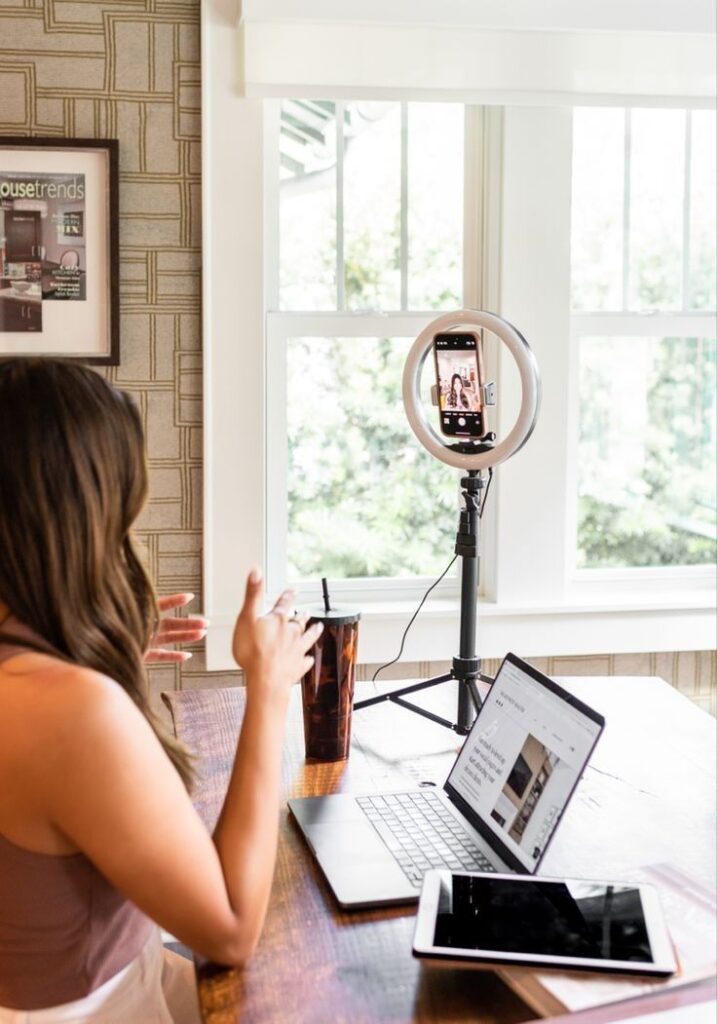
Make transparent attribution one of your influencer deal tactics in the brief—creators who understand the measurement model can tailor hooks and CTAs accordingly.
Sync Creator Signals into Your CRM
Push coupon redemptions, link-click sessions, and order IDs into your CRM or CDP so you can see repeat purchase rates, cross-sell response, and churn risk by creator cohort.
That lets you re-price renewals using lifetime value, not just first-order revenue, and it arms you to defend higher fees for partners who drive durable customers.
Many brands report better planning accuracy and stronger attribution when they connect creator data to the same revenue objects used by paid search and email.
Add this integration step to your influencer deal tactics checklist, and you’ll turn fragmented reports into a single source of truth the CFO respects.
#6. Keep Disclosures and Brand Safety Non-Negotiable
Clear, conspicuous disclosures are required—on-screen for visual content, audible for audio, and unavoidable to the target audience.
Document exactly how the #ad or paid partnership label should appear, and provide overlays or caption templates to simplify compliance.
Your influencer deal tactics should also include prohibited claims, restricted categories, and an approval path for any comparative statements.
Link the policy section of the agreement to official guidance so there’s no ambiguity.
When disclosures are crisp and content avoids risky promises, you protect campaign gains from legal challenges and avoid re-cutting assets after the fact.
Add Platform-Aware Guardrails
Each platform handles branded content and disclaimers differently, and formats evolve.
Keep a short appendix that covers current best practices (e.g., Branded Content tools usage, affiliate labels, and sound-on/off variants) and update it each quarter.
As AI-assisted or synthetic creators emerge, include explicit transparency clauses so audiences aren’t misled.
These details may feel procedural, but they’re core influencer deal tactics because they keep winning creatives live and monetizing rather than stuck in review or pulled down for policy issues.
#7. Forecast Scenarios and Price Risk
2025 planning benefits from scenario modeling.
Use last year’s funnel metrics (views → clicks → conversions), then simulate ranges to estimate best/base/worst outcomes for each partner and format.
Present those curves during negotiation so both sides see how bonuses can pay and where downside protections kick in.
This makes your influencer deal tactics more collaborative: creators know what to optimize for, and you justify license and amplification asks with math, not bluff.
With greater budget scrutiny, teams that quantify expectations earn faster approvals and can expand mid-flight when a concept beats the base case.
Scenario thinking also clarifies what you’ll do if a platform throttles reach or a channel underperforms—diversification becomes part of the pricing conversation, not an afterthought.
Use Performance Benchmarks to Speed Approvals
Bring third-party benchmarks to the table—market size, adoption rates, and strategic shifts—so leadership sees your plan in context.
For example, reports show continued growth in creator investments and a tilt toward long-term partnerships and automated workflows.
When you anchor your influencer deal tactics to visible industry patterns, approvals focus on your unique edge (audience fit, creative angle, rights) rather than debating whether influencer programs are “worth it” at all.
This also helps non-marketing stakeholders understand why you’re weighting nano/micro tiers or why live formats earn a premium budget during launches.
Operationalize for Speed: Briefs, QA, and Post-Buy
Tight operations compound returns. Standardize briefs that specify audience, message hierarchy, claims limits, hooks, offers, and required shots.
Create a quick review ladder—creative check, legal check, and media check—so assets don’t stall.
After go-live, feed performance back to creators weekly: top-performing hooks, retention at 3/8/15 seconds, and conversion notes.
The best influencer deal tactics keep the loop short: creators adapt scripts, you recut winners, and paid pushes the strongest cuts.
This cadence explains why live shopping and repurposed UGC continue to gain prominence—teams iterate fast, deploy across channels, and pull back when CPAs drift.
The result is steadier ROAS, cleaner reporting, and fewer last-minute scrambles.
Plan Amplification from Day One
Organic posts do the signaling; paid makes the math. Reserve budget to boost winners within 24–72 hours and plan a simple naming convention for whitelisted ad sets so finance can see spend roll-ups without decoding.
Clarify which audience segments get served creator assets (e.g., high-intent site visitors, product-category engagers) and set automated rules to pause any unit that breaches your CPA cap.
These platform-aware influencer deal tactics keep your payback window intact and make it painless to scale when a creative clears target.
Over time, document which creator handle/brand account combinations deliver the most stable CPAs to inform your next wave of negotiations.
Building Long-Term Partnerships with Scalable Influencer Deal Tactics
One-off posts may create temporary spikes, but the most sustainable returns come from long-term creator relationships.
When you negotiate beyond a single campaign, you gain consistency in messaging, audience exposure, and content quality.
Multi-quarter contracts also let you spread fixed costs—such as onboarding, briefing, and legal—over multiple deliverables, lowering average acquisition costs.
From the creator’s perspective, a retainer-style agreement brings income security, which often translates into higher commitment and better content performance.

To build these partnerships effectively, make your influencer deal tactics focus on scalability.
Outline an initial test phase with modest deliverables, then add an option to expand based on performance benchmarks.
If results exceed the agreed ROI, you can scale fees, content rights, or platforms without renegotiating every detail.
Pair this with quarterly performance reviews, where both sides adjust creative direction, pacing, and amplification budgets.
Over time, the creator becomes an extension of your marketing team, with audience trust compounding each new campaign.
This continuity not only boosts conversion rates but also protects ROI from the volatility of chasing new influencers every season.
Structured long-term partnerships transform influencer marketing from tactical bursts into a predictable, scalable growth channel.
Integrating Influencer Deal Tactics into Broader Media Mix
Too often, influencer campaigns sit in isolation from paid media, email, or in-store promotions.
That siloed approach makes it harder to measure incremental lift and easier for budgets to get cut when scrutiny rises.
By embedding influencer deal tactics into your broader media mix, you ensure creator content works as both a direct conversion lever and a multiplier across channels.
Start with creative asset planning: every piece of influencer content should have a role in at least one additional channel, whether that’s a retargeting ad, an email GIF, or an on-site testimonial.
Next, sync campaign calendars. If your brand is running a seasonal promotion, align influencer content to drop just before paid ads launch, creating familiarity and improving ad performance.
Layer audience insights from influencer engagement into paid targeting to refine lookalikes or interest clusters.
Finally, measure unified outcomes, not channel silos: ROAS, CPA, and payback windows should reflect combined impact across influencer, paid, and owned media.
When your influencer deal tactics are integrated into the full funnel, they elevate rather than compete with other investments.
The result is a media ecosystem where creators fuel awareness, paid media captures intent, and owned channels lock in repeat value—all while keeping ROI transparent and defensible.
Conclusion
Influencer marketing has matured into a channel where guesswork no longer earns investment.
The brands that win in 2025 are those that approach every partnership with clear ROI targets, hybrid compensation models, and a disciplined structure for rights, attribution, and amplification.
Strong influencer deal tactics ensure you never overpay for empty impressions, while still giving creators room to shine and share in the upside.
By tying fees to performance, securing multi-channel usage, and building attribution systems finance leaders respect, you transform influencer campaigns from risky experiments into predictable growth engines.
The landscape will keep evolving—platform shifts, disclosure rules, and audience habits will all change—but with these tactics, you have a repeatable framework to negotiate smarter, protect margins, and consistently maximize ROI.




